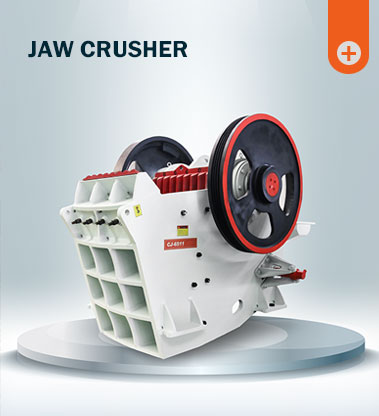The water absorption of crusher sand (manufactured sand or M-sand) is an important property that affects its performance in concrete and construction applications. Here’s a detailed explanation:
Water Absorption of Crusher Sand
Water absorption refers to the ability of crusher sand particles to absorb moisture when exposed to water. It is expressed as a percentage (%) of the dry weight of the sand.
Factors Affecting Water Absorption
1. Parent Rock Composition
– Rocks like granite, basalt, or quartzite produce M-sand with lower absorption (3%)..jpg)
2. Crushing Process & Particle Shape
– Angular and rough-textured particles (common in crusher sand) tend to absorb more water than natural rounded sand.
– Excessive fines (<75µm) increase water demand.
3. Porosity & Micro-Cracks
– Mechanically crushed aggregates may have micro-fractures that trap moisture.
4. Grading & Fines Content
– Higher silt/clay content increases water absorption significantly.
Typical Water Absorption Values
| Type of Sand | Water Absorption (%) |
|————-|———————-|
| Natural River Sand | 0.5 – 2% |
| Crusher Sand (M-Sand) | 1 – 5% |
| High-Quality M-Sand | 5% |
Impact on Concrete Performance
- Higher absorption increases water demand in mix design, reducing workability unless compensated with admixtures.
- Excess absorbed water can lead to:
- ASTM C128: Standard Test Method for Density, Relative Density (Specific Gravity), and Absorption of Fine Aggregate.
- IS 2386 (Part 3): Indian Standard method for determining water absorption.
– Reduced compressive strength.
– Higher shrinkage cracks.
– Durability issues (freeze-thaw damage).
Testing Methods
Water absorption is measured using:
How to Reduce Water Absorption?
1. Use high-quality parent rock with low porosity.
2. Optimize crushing process to minimize microfractures.
3. Wash crusher sand to remove excess fines (<5% passing 75µm).
4. Use blending techniques with natural sand if permissible.
Conclusion
Crusher sand generally has higher water absorption than natural river sand due to its angular shape and microfractures. Proper processing and testing ensure it meets construction standards (preferably <3% absorption). Always check local specifications before use in concrete mixes.
Would you like guidance on optimizing crusher sand properties for specific applications?





Leave a Reply